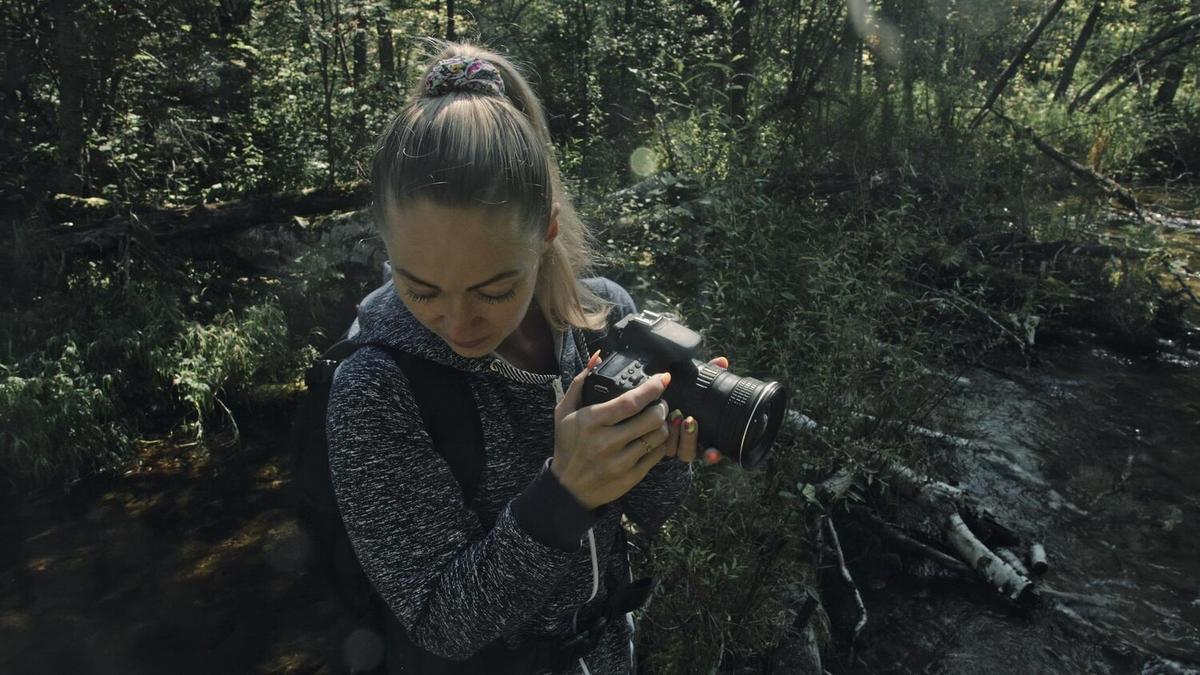What makes top trails and national parks so special? We did the research to unveil the magic behind these natural treasures. Whether you’re an avid hiker, a nature enthusiast, or someone seeking a serene escape, understanding the unique appeal of these destinations can enrich your outdoor experiences.
Why Top Trails & National Parks Stand Out
National parks and top trails offer more than just picturesque landscapes. They embody the essence of nature’s beauty, providing a sanctuary for wildlife and a haven for adventure seekers. But what truly sets these places apart?
A Sanctuary for Biodiversity
National parks play a crucial role in preserving biodiversity. According to the National Park Service, U.S. national parks are home to over 400 endangered species. This biodiversity not only supports ecological balance but also provides visitors with a unique opportunity to witness rare and diverse wildlife.
Expert Opinions
“National parks are vital in conserving our natural heritage,” says Dr. John Reynolds, an ecologist specializing in conservation biology. “They protect ecosystems that are crucial for maintaining biodiversity and offer invaluable resources for scientific research.”
Statistics Highlighting Popularity
According to the National Park Service, more than 300 million people visited U.S. national parks in 2021 alone. This statistic underscores the immense popularity and enduring appeal of these natural wonders.
Personal Anecdotes
One of my most memorable experiences was hiking the Pacific Crest Trail. The sense of accomplishment and the breathtaking vistas made every step worthwhile. Trails like these offer not just physical challenges but also mental rejuvenation.
Actionable Tips for Your Next Visit
- Plan Ahead: Check park websites for trail conditions and weather updates.
- Leave No Trace: Follow the Leave No Trace principles to minimize your impact on the environment.
- Pack Essentials: Carry a map, water, snacks, and a first-aid kit.
- Respect Wildlife: Maintain a safe distance from animals and never feed them.
Comparison Table of Popular National Parks
| Park | Location | Notable Features | Best Time to Visit |
|---|---|---|---|
| Yellowstone | Wyoming, Montana, Idaho | Geysers, Hot Springs | April to September |
| Yosemite | California | Waterfalls, Giant Sequoias | May to October |
| Grand Canyon | Arizona | Vast Canyons | March to May, September to November |
| Rocky Mountain | Colorado | High Peaks, Alpine Lakes | June to September |
| Zion | Utah | Sandstone Cliffs | April to November |
| Great Smoky Mountains | Tennessee, North Carolina | Diverse Wildlife | Year-Round |
| Acadia | Maine | Coastal Views | September to Early October |
| Glacier | Montana | Glacial Landscapes | July to September |
FAQ
What should I pack for a national park visit?
Essentials include a map, water, snacks, a first-aid kit, appropriate clothing, and a camera to capture the beauty.
How can I minimize my environmental impact?
Follow the Leave No Trace principles, which include disposing of waste properly, respecting wildlife, and staying on designated trails.
Are national parks accessible year-round?
Most parks are open year-round, but some areas may be inaccessible during certain seasons due to weather conditions.
Can I bring my pet to a national park?
Policies vary by park, but many have restrictions on where pets can go. Check the specific park’s regulations before your visit.
Conclusion
Top trails and national parks offer unparalleled experiences that connect us with nature, preserve biodiversity, and provide endless opportunities for adventure. By planning carefully and respecting these natural treasures, we can ensure they remain special for generations to come.




Leave a Reply